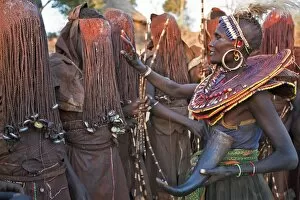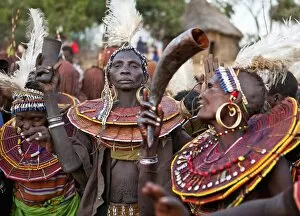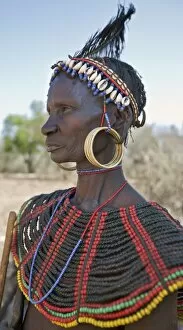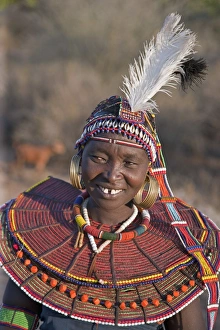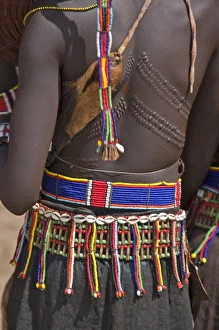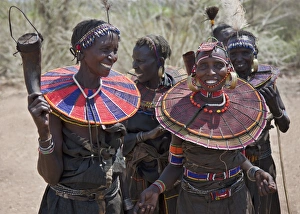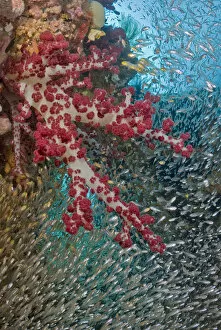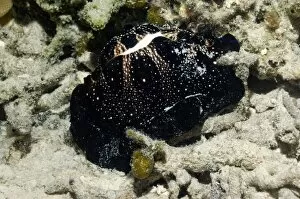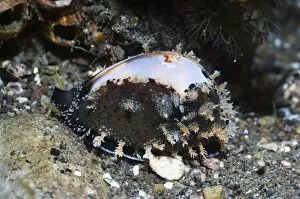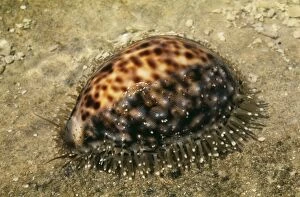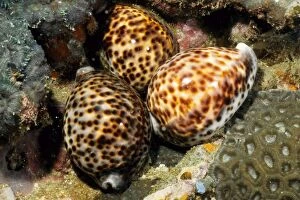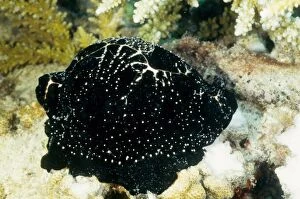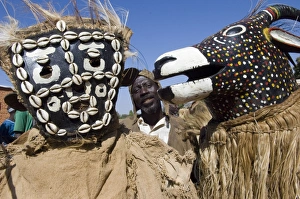Cowries Collection
Cowries have long been treasured and revered in various cultures around the world
All Professionally Made to Order for Quick Shipping
Cowries have long been treasured and revered in various cultures around the world. From the enchanting Maldive Islands in the Indian Ocean to the captivating shores of Indonesia's Raja Ampat, these exquisite shells have left an indelible mark on humanity. Intricate engravings capture the essence of cowries, showcasing their mesmerizing beauty. The DDE-90024810 and DDE-90024682 sketches transport us to distant lands where these shells are cherished as symbols of wealth and prosperity. Delving deeper into history, we encounter a stunning colour litho from 1863-79 depicting mussels adorned with vibrant hues. This artwork reminds us that they can not just shells; they are nature's masterpieces, crafted with precision and grace. Moving beyond aesthetics, we discover how cowries hold cultural significance. A memorial figure known as Ere ibeji from the late 1800s-early 1900s stands as a testament to their spiritual importance. These figures embody ancestral spirits and serve as guardians for twins in Yoruba culture. Venturing into rituals and ceremonies, we witness the transformative power among Pokot initiates. During Ngetunogh ceremonies, mothers bless their sons by smearing animal fat on masks made from wild sisal (sansevieria). These boys don goatskins while carrying bows adorned with cowhorn containers filled with sacred substances. The Ngetunogh ceremony reaches its pinnacle when an initiate dons his mother's jewelry for a day before removing his wild sisal face mask worn for months. Symbolizing growth and maturity, this ritual signifies a transition into manhood within Pokot society. As we unravel these diverse narratives surrounding cowries - be it through art or cultural practices - one thing becomes clear: these humble shells possess immense power to captivate our imagination across time and space.







